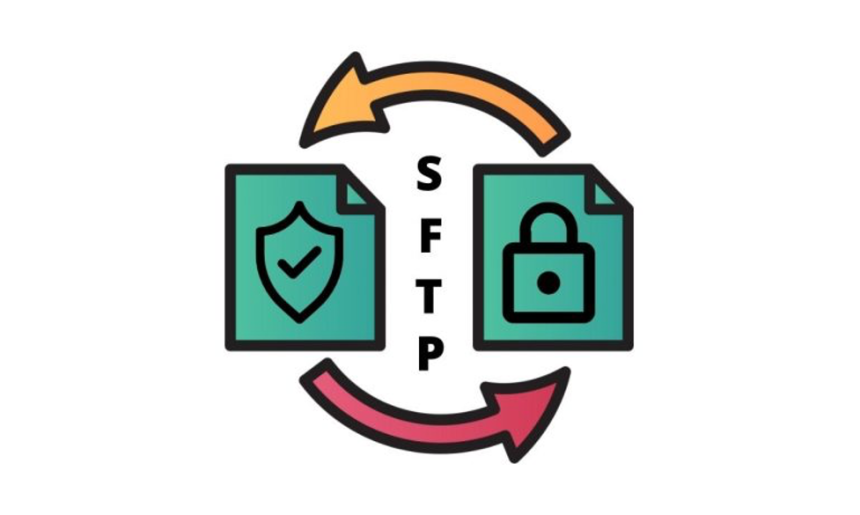Many companies majorly use secure File Transfer Protocols, but people are often confused by the real use of SFTP and how it is implemented. So, let’s ask the real question here. What is secure file transfer? Secure file transfer is data sharing via a secure, reliable delivery method. It is a network protocol that provides secure file transfers between two systems. SFTPis a protocol that runs on top of the Secure Shell (SSH) protocol, which provides a secure connection between two computers over an unsecured network. This secure connection ensures that data transferred between the two computers is encrypted and that the integrity of the data is maintained.
Uses of SFTP
SFTP is also used to transfer data to and from web servers and websites. This is especially useful for transferring large files, such as images, videos, and documents, to and from websites. Let’s take a deeper look into the uses of this transfer protocol.
- Data Safety
Keeping your data safe is extremely essential in this era of data fraud and theft. This is where SFTP helps keep the data safe in transit. You don’t have to worry about hackers stealing your data when you are transferring because SFTP keeps it safe.
- Support a VPN
What’s better than having a double layer of security during your data transfer? VPNs are majorly used to keep you safe on the internet. You can use VPNs along with SFTP to keep your data transfer safe and avoid any risks.
- Data Standards Compliance
SFTP can easily help you with achieving file transfer compliance according to industry standards. This will further help you with keeping your data and personal information safe on the internet during transfer.
Advantages of Secure File Transfer Protocol (SFTP)
- Security: SFTP provides strong authentication and encryption to ensure the security of file transfers. It employs public-key cryptography for authentication and uses encryption algorithms for data transmission. This makes it difficult for unauthorized users to intercept, tamper with, or access the transferred data.
- Speed: SFTP offers faster transmission than many other file transfer protocols. It compresses data as it is transferred, making it faster than other protocols.
- Reliability: SFTP is a reliable protocol due to its automated error correction and retransmission protocols. This allows it to detect errors in the file transfer and then retransmit the affected data, ensuring the accuracy and integrity of the transferred file.
Disadvantages of Secure File Transfer Protocol (SFTP)
- Cost: SFTP is more expensive than other file transfer protocols as it requires additional hardware and software. Your budget might be insufficient to afford a system like this, making it a huge disadvantage.
- Complexity: SFTP requires a relatively high level of technical know-how to set up and use, making it difficult for less experienced users. The technicality of this system can make people lose interest and not opt for this option.
- Limited Compatibility: SFTP is not compatible with all operating systems and applications, meaning it may not be suitable for certain users. This might limit you from using it on a system that doesn’t support it.
Conclusion
Secure File Transfer Protocol is widely used to protect data during transfer from one system to another. It comes with many benefits, but it has its disadvantages too. It is better to look into the details of this system and then opt for it so that you can make a decision based on knowledge and research.
Lynn Martelli is an editor at Readability. She received her MFA in Creative Writing from Antioch University and has worked as an editor for over 10 years. Lynn has edited a wide variety of books, including fiction, non-fiction, memoirs, and more. In her free time, Lynn enjoys reading, writing, and spending time with her family and friends.















